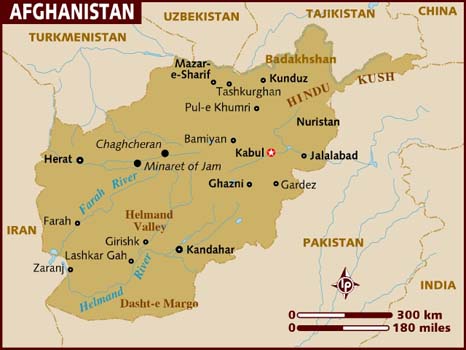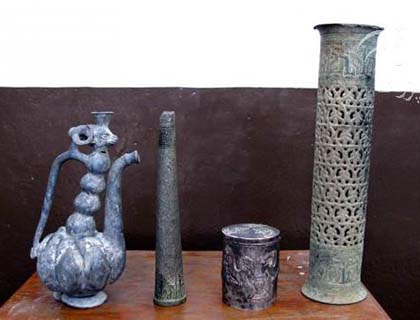October 15, 2012
Kabul, Afghanistan – Roshan, Afghanistan’s leading total communications provider, today announced it was the recipient of three awards at the Ninth Annual International Business Awards in Seoul, South Korea. More than 3,200 entries from organizations and individuals across the world vied for the prestigious Stevie awards.
Roshan Chief Executive Officer Karim Khoja was awarded the Silver Stevie, winning the title of ‘Executive of the Year’ for the telecommunications category. Roshan Community, Roshan’s Corporate Social Responsibility (CSR) arm, received the Silver Stevie for ‘CSR Program of the Year in the Middle East and Africa.’ A Bronze Stevie was awarded to Roshan’s Customer Care Division in the category of ‘Customer Service Department of the Year’ for the telecommunications industry.
“These three awards are recognition for all of the hard work and dedication of Roshan’s 1,300 employees and reflects the ethos of not only commercial success but also social impact in Afghanistan’s future,” Khoja said. “Since 2003, we have strived to build for Afghans a world-class company that employs and develops local staff of which almost 20 percent are women and provides the nation with services that spur economic development and rebuilding of the country. It is a real honor to be recognized by the international community for leading innovation and quality of service in Afghanistan. These are not simply wins for Roshan. They are wins for the people of Afghanistan,” Khoja added.
A robust social responsibility program is a vital aspect of our commitment to Afghanistan’s long-term, sustainable development. Roshan’s, Corporate Social Responsibility arm, Roshan Community has over the past year:
- Served over a half a million meals, through a partnership with Afghan NGO Aschiana;
- Built three playgrounds bringing Roshan’s overall total to 19 some of which are in the most insecure parts of the country;
- Constructed 40 wells country-wide bringing the overall number to over 100 that have benefited more than 100,000 people; and
- Expanded its Telemedicine Project to connect the Faizabad hospital with the Bamyan Hospital in Central Afghanistan, the French Medical Institute for children in Kabul and Aga Khan University Hospital in Karachi, Pakistan, thereby increasing delivery of medical care to the most remote regions of Afghanistan and enabling remote diagnosis and medical personnel training.
“We believe in the power of telecommunications to bring about measurable change, and this Silver Stevie for Roshan Community is demonstrative of that,” Khoja also said.
Since beginning operations, Roshan has focused on providing the best in customer service and overall customer experience. Roshan was the first to open a 24/7 customer care center, open centers outside of Kabul to better serve its customers, and also the first to introduce an IVR system. In addition, Roshan is the first company to have attained ISO-9001:2008 certification. The certification is the highest quality management recognized by the International Organization for Standardization (ISO). According to Khoja, “Roshan’s Customer Service Program owes its success to an unwavering dedication to quality and reliability—values that make Roshan’s Customer Service Program the best in Afghanistan and able to compete on a global scale.”
To learn more about the Stevie Awards visit www.stevieawards.com.
About Roshan
Roshan (Telecom Development Company Afghanistan Ltd) is Afghanistan’s leading total communications provider with over six million active subscribers and a network that covers over 230 cities and towns in all of the country’s 34 provinces.
Roshan is a true Afghanistan success story, serving as a catalyst for economic growth and actively contributing to the country’s long-term development. Since its inception nine years ago, Roshan has invested over $550 million in Afghanistan and is the country’s single largest investor and taxpayer, contributing approximately five percent of the Afghan government’s overall domestic revenue. Roshan directly employs more than 1,200 people, 20 percent of whom are women, and provides indirect employment to more than 30,000 people.
Roshan is deeply committed to Afghanistan’s reconstruction and development. The Aga Khan Fund for Economic Development (AKFED), part of the Aga Khan Development Network (AKDN), is a major shareholder of Roshan and promotes private initiatives and building economically sound enterprises in the developing world. Also owned in part by Monaco Telecom International (MTI) and TeliaSonera, Roshan brings international expertise to the country and is committed to the highest standards of network quality and coverage for the people of Afghanistan.
Source: Roshan Afghanistan
See also:
-
Roshan Community
We take pride in being a catalyst for the long-term development of Afghanistan. Learn more »->>>>><<<<<-





















































